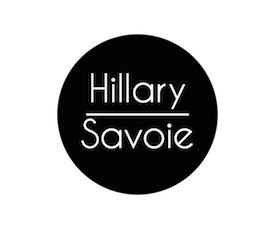I have been thinking a lot lately about our family’s choice to put our story, Ezzy, our diagnosis, (some) of our feelings, “out there” in the world. It has been on my mind especially on the heels of some recent and upcoming media coverage of Esmé and The Cute Syndrome Foundation.
Check us out on the news here.
For me, personally, being out there is rather natural. I am very expressive of how I feel–this isn’t so much a choice as it is an acceptance of my reality, given that my feelings play on my face like a movie screen, no matter what I do, and I may be the worst liar that ever existed. I have adapted to accept that I am just the kind of person who says what they think (even when it gets me in trouble) and who is pretty much an open book mentally and emotionally. I think out loud, I learn in conversation, I write what I feel…I just never hold my cards close to my chest.
So when Ezzy came along, putting our story out in the world would have been just a natural response for me. But I was held back for awhile because, frankly, it wasn’t just about me. It was about my husband and the other members of our family, but most importantly, it was about Esmé. I had to consider what to disclose and not to disclose about her, our family, my feelings in consideration of the person she will someday become.
How would the Ezzy of the future feel to know that I wrote about her? About her struggles? Her medical history? Her doctors? My fear and doubt? I thought about this especially-much early on, when there was a sense that our highly medicalized journey might be short–a blip in Esmé’s history of an otherwise typical life.
It really was the seizures that changed everything. I started writing here a year after the seizures started, six months after we found a doctor who believed that her “spells” were, in fact, seizures…and within days of her first abnormal EEG, her seizures blowing out of control, and my decision to stay home with her rather than teach. I wanted the whole world to know what this was like, I wanted people to better understand seizures, I wanted medical professionals to be better at identifying them! And, more than that, I wanted to address the look that people got when they heard she had epilepsy–to share Esmé with the world as a whole person, not just as a sick kid.
But last year when Esmé was diagnosed with her a genetic disorder (PCDH19 Female Limited Epilepsy), I wondered again about putting ourselves out there. Talking about Esmé’s condition opens us up to all sorts of uncomfortable questions about genetics, heredity, and so on. And I actually don’t mind the questions, in fact I rather people ask me things than be afraid to ask, as long as they respect the fact that I might choose not to answer some questions.
It does mean, however, that I have to weigh my daughter’s privacy against my mission to raise awareness of her disorder. And my desire to raise awareness and educate not only about her disorder, but of her as a complete, complex, beautiful person puts her, and everyone who loves her “out there” in very intimate way. It is intense and sometimes intrusive.
I do believe that it is the best tool that I have to help my daughter, though. My expressiveness, my love of communication gives me a set of skills that I can use to help get the message out about Esmé’s disorder through painting a vivid picture of her best skills: happiness, love, joy, excitement, and determination….hopefully helping another child get diagnosed, helping another family see that they aren’t alone, and helping those who would help us, see this spectacular child who needs a hand.

